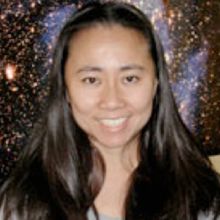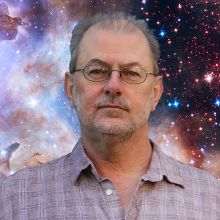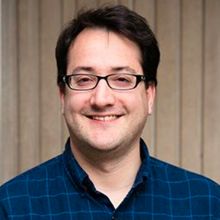
Christine Chen is an Associate Astronomer at the Space Telescope Science Institute (STScI), where she studies the formation and evolution of planetary systems and leads the JWST Science Policies Group. Before coming to STScI, Christine was a Spitzer Fellow at NOAO and an NRC Postdoctoral Fellow at NASA JPL, where she primarily used the Spitzer Space Telescope to search for and characterize dust and gas around young stars.

John Stansberry is an Observatory Scientist at the Space Telescope Science Institute (STScI), where he led the commissioning of the JWST NIRCam instrument, a 40-megapixel imager covering the 0.6 – 5 micron wavelength range. Before working on NIRCam, John worked on the Spitzer Space Telescope MIPS instrument. His science focuses on the physical properties of trans-Neptunian objects.

Andy Skemer is an Associate Professor of Astronomy & Astrophysics at UC Santa Cruz. He is Co-PI of the JWST Early Release Science Program for exoplanet imaging, and is also leading a Cycle 1 program to study water clouds on the coldest known free-floating exoplanet. In addition to his work with James Webb, Andy is building a new exoplanet imaging instrument for Keck Observatory that will be deployed in 2025.
SETI Talks are presented to our audience at no cost and are supported by contributions from supporters like you. If you are interested in sponsoring a future SETI Talks, please email us at development@seti.org .
This SETI Talks will be online only and will not be live streamed on social media, please make sure to register for access to this event.
